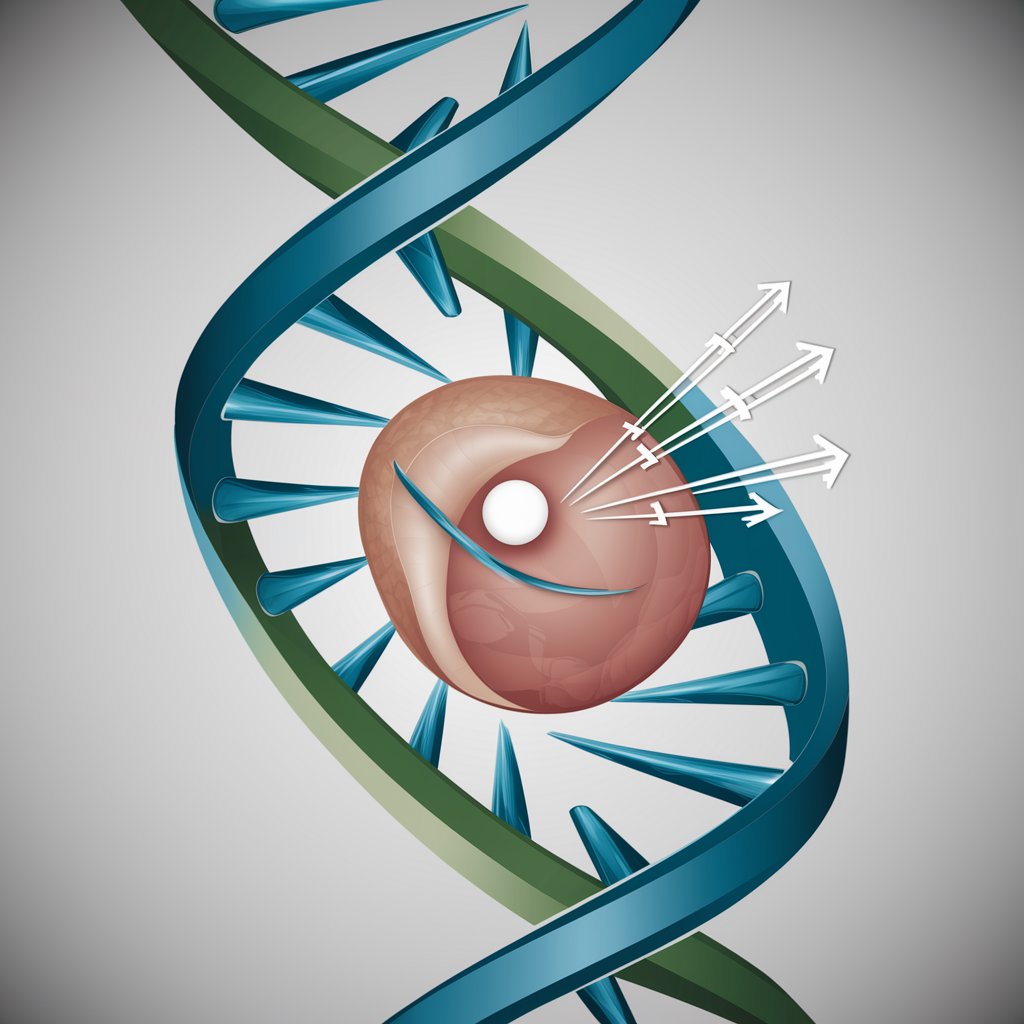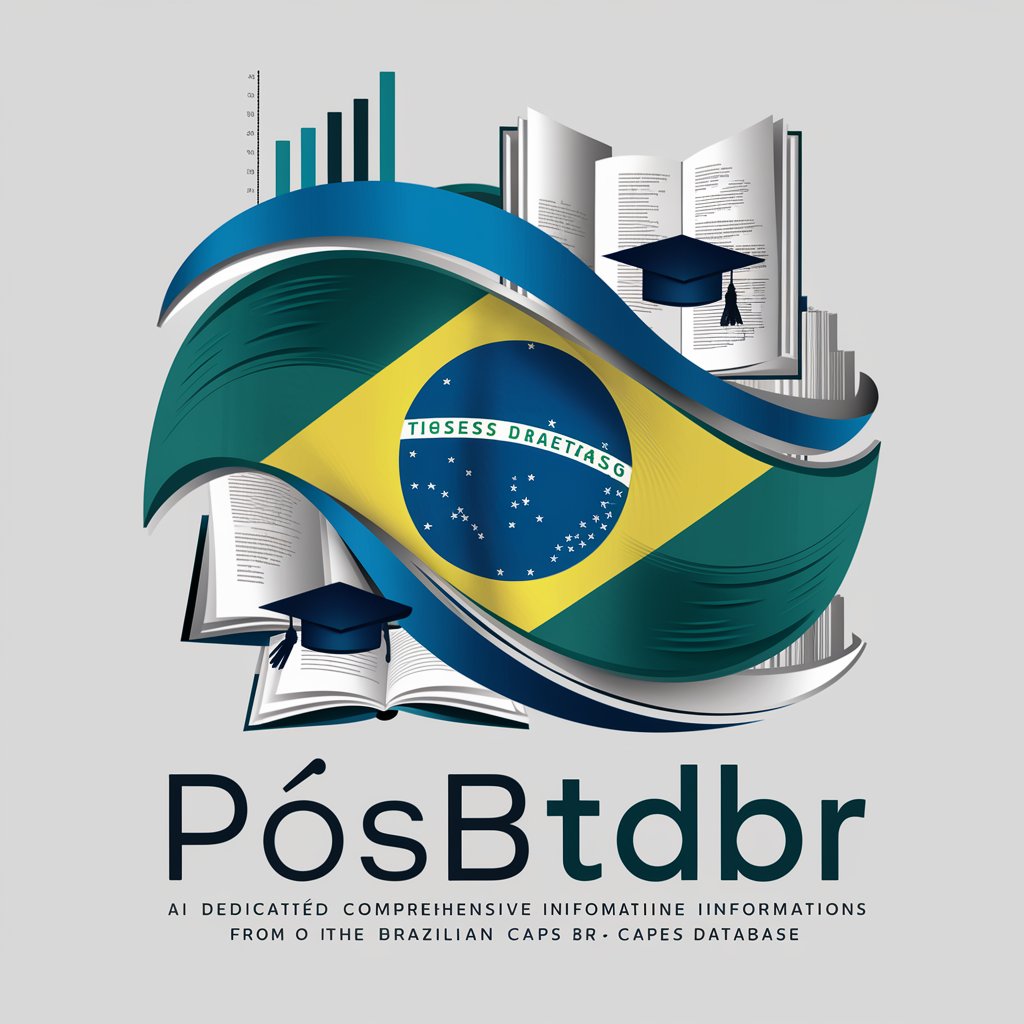Emergence of replication timing - DNA Replication Analysis

Welcome to the world of replication timing expertise!
Deciphering DNA replication timing with AI
Explain the importance of replication timing in early mammalian development.
Describe the methodology used to study replication timing in single-cell Repli-seq.
Discuss the role of RNA polymerase II in defining replication timing.
Analyze the changes in histone modifications during the consolidation of replication timing.
Get Embed Code
Emergence of Replication Timing
The Emergence of Replication Timing is a specialized area within biology that focuses on understanding how the timing of DNA replication is established and regulated during early mammalian development. This field investigates the ordered sequence in which different regions of the genome replicate, known as the replication timing (RT) program, which is crucial for maintaining genetic stability and proper cell function. The design purpose revolves around exploring the development regulation of RT in mammals, particularly from the zygote to the blastocyst stage. It involves techniques like single-cell Repli-seq to generate genome-wide RT maps, offering insights into how RT contributes to genome organization, the epigenome, and the interplay with transcription. An example scenario illustrating its importance is the gradual definition of RT from the 4-cell stage in mouse embryos, highlighting how early embryonic development is closely linked to the establishment of the epigenome and nuclear organization. Powered by ChatGPT-4o。

Main Functions of Emergence of Replication Timing Studies
Mapping Replication Timing
Example
Using single-cell Repli-seq to create RT maps of mouse embryos
Scenario
Researchers can identify when and where in the genome replication occurs at various stages of development, from the zygote to the blastocyst. This mapping helps in understanding the spatial and temporal organization of the genome.
Investigating the Role of Transcription in RT
Example
Analyzing the impact of RNA polymerase II on the precision of the RT program
Scenario
This function explores how transcriptional activity influences the establishment of RT, showing that transcription contributes to the definition of RT and its features, such as the distinction between early and late replicating domains.
Elucidating the Relationship Between RT and Genome Organization
Example
Studying the connection between RT, A/B compartments, and TADs
Scenario
The function aims to dissect how RT is interconnected with the three-dimensional nuclear architecture, including the strengthening of A and B compartments and the emergence of TADs, providing insight into the organizing principles of genome organization.
Ideal Users of Emergence of Replication Timing Insights
Developmental Biologists
Researchers focusing on embryonic development, particularly those interested in chromatin dynamics, genome organization, and epigenetics. They benefit from understanding how RT contributes to cellular differentiation and development.
Geneticists and Molecular Biologists
Professionals investigating genetic stability, replication stress, and mutations. Insights into RT can help them understand the mechanisms behind genetic disorders and the replication of cancer cells.
Bioinformatics and Computational Biology Researchers
Experts in data analysis and modeling of biological systems who can use RT data to develop algorithms predicting replication timing and its effects on gene regulation and expression.

Guidelines for Using Emergence of Replication Timing
1
Start by visiting yeschat.ai to explore Emergence of Replication Timing with a free trial; no login or ChatGPT Plus subscription required.
2
Familiarize yourself with the tool's interface and features to understand how it analyzes and predicts DNA replication timing across different stages of cell development.
3
Use the tool to input your specific data sets related to mammalian development stages for detailed analysis on replication timing and epigenetic changes.
4
Explore the tool's advanced features for in-depth analysis, such as single-cell Repli-seq data interpretation, to gain insights into the organization of the genome and its replication patterns.
5
Leverage the tool's output for your research or academic writing, ensuring to cross-reference the generated data with existing literature for comprehensive insights.
Try other advanced and practical GPTs
Gym Coach Pro
Elevate Your Gymnastics Coaching with AI

Guide for AZ-104 Microsoft Azure Administrator
AI-powered Azure Exam Mastery

AdmIT
Empowering IT with AI-driven insights.

PósBTDBR
Empowering your academic research with AI.

Universal Directive Template Maker
Craft AI directives effortlessly.

No talk, just code
AI-powered Instant Code Solutions

診断士試験_R5事例GPT
Empowering Your Business Strategy with AI

RateMyDog
Celebrating Every Dog's Perfection

Data Doctor
Empowering your data journey with AI.

Limitless Cosmic Dreamweaving Imaginatrix
Empowering Creativity with AI

Capitalism Max
Empowering Decisions with AI-Driven Insights

Amigo Español
Master Spanish with AI-powered conversations

Q&A on Emergence of Replication Timing
What is Emergence of Replication Timing?
Emergence of Replication Timing is a specialized tool designed to analyze DNA replication timing, offering insights into how and when replication occurs across different mammalian development stages.
How does Emergence of Replication Timing contribute to understanding epigenetics?
It provides detailed maps of genome-wide replication timing from the zygote to the blastocyst stage, revealing how the epigenome is established and how replication timing is intertwined with epigenetic changes.
Can Emergence of Replication Timing predict changes in genome organization?
Yes, it analyzes replication timing data to predict changes in the three-dimensional nuclear organization of the genome, contributing to our understanding of genomic architecture during early development.
Is Emergence of Replication Timing useful for academic research?
Absolutely, it serves as a crucial tool for researchers focusing on developmental biology and genetics, providing essential data for academic writing and research projects.
How does transcription contribute to replication timing according to Emergence of Replication Timing?
The tool reveals that transcription, particularly around zygotic genome activation, contributes to the precision of replication timing, indicating a significant role of transcriptional activity in establishing the replication timing program.
